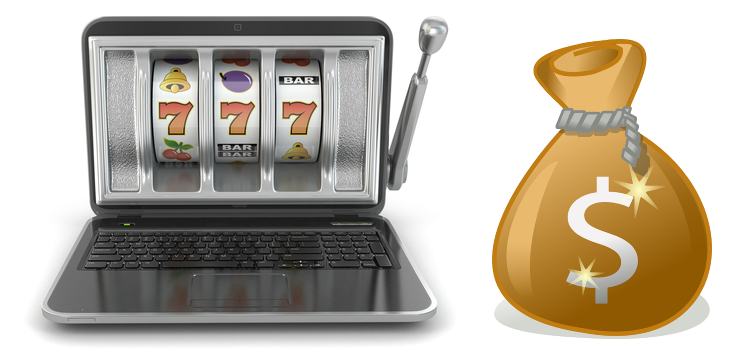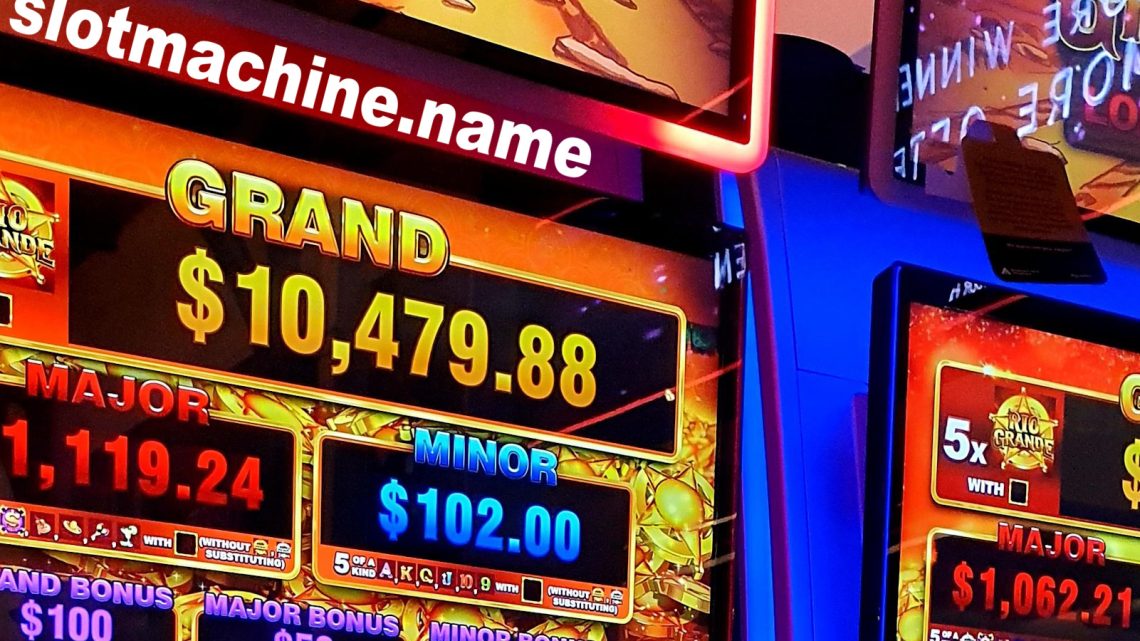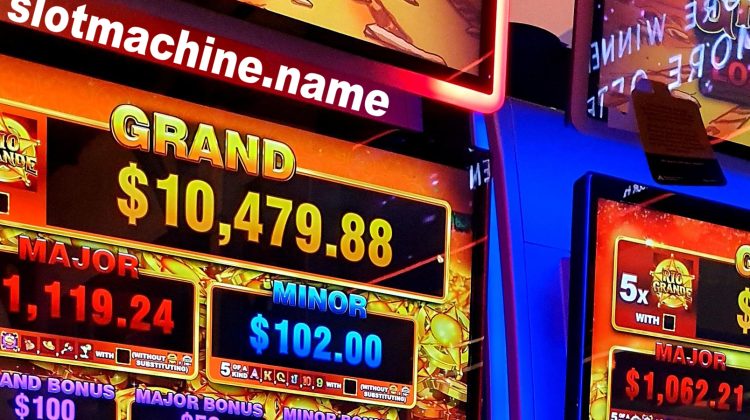Ancient Backgammon history originates in Mesopotamia, what is now present day Iraq and Iran, around the time of 3,000 BC. From here, the early versions of Backgammon made their way to Egypt, where the game was called Senat, and to the Roman Empire, which succeeded in spreading the Backgammon game to many parts of the world.
After the Persian game Nard spread throughout the countries of Asia, it once again returned to Europe. The first documentation of Backgammon play in England occurs in 1025 in The Codex Exoniensis. Historians believe that it was quite common to play Backgammon in old English taverns, where the game was then known as both Nard and Tables. Around the same time, the French were also introduced to the period’s Backgammon version, which they christened Jeux de Tables. The game quickly spread throughout Europe, arriving in Germany (where it was dubbed Puff) in the 12th century and reaching as far as Iceland in the 13th century. Backgammon also enjoyed popularity in Italy, where it was called Tavola Reale, Spain (Tables Reales), Czech (Vrhcaby), Turkey (Tavla), Greece (Tavli), and in Sweden, which only received the Backgammon board game in the 16th century.
The game was so popular, and inspired so much Backgammon gambling, that it was banned amongst the members of the court of France’s Louis the IX in 1254. Eventually, Backgammon was also declared an illegal pastime in England under the rule of Queen Elizabeth 1 during the 16th century. Although the ban was certainly a blow to the game, Backgammon was resilient, and quickly championed itself once again amongst the English. In fact, this is where the official name Backgammon was conceived around the mid-17th century. It is believed that the Saxons were responsible for the name, which is composed of two Saxon words “baec” which means “back,” and “gamen” which means “game.” The first documented use of the word is the Oxford English Dictionary published in 1650. In 1743, Backgammon got another boost when Sir Edmund Hoyle published the first English text dedicated to the game called A Treatise on the Game of Back-Gammon. In this text, Hoyle recorded the known Backgammon instructions of the time.
The game was then played, practically unchanged, until a few important developments occurred in the United States. In 1920, the concept of the doubling cube was created in New York by a Backgammon gambler. This addition preceded the official codification of the Backgammon rules in 1931 which define the Backgammon setup still in use today.
For the next several decades, Backgammon faded. In the 1960s, however, the game was revived, enjoying a period of advancement in Backgammon strategy that lasted through the 1970s. During this period, the first Backgammon World Championships were sponsored in the Bahamas by Prince Alex Obelensky, a famous Background promoter of the time. The competition is still the highest honor in Backgammon gaming today.
Today, Backgammon enjoys worldwide popularity as internet Backgammon, where anyone can enjoy playing free Backgammon games.
By Gene Marshall
Gene Marshall concentrates on articles about online backgammon and backgammon board games. The author is a backgammon gamer and is commissioned by many top online backgammon sites. Other readings and commentaries written by the author related to backgammon can be obtained on the net.











No Comment